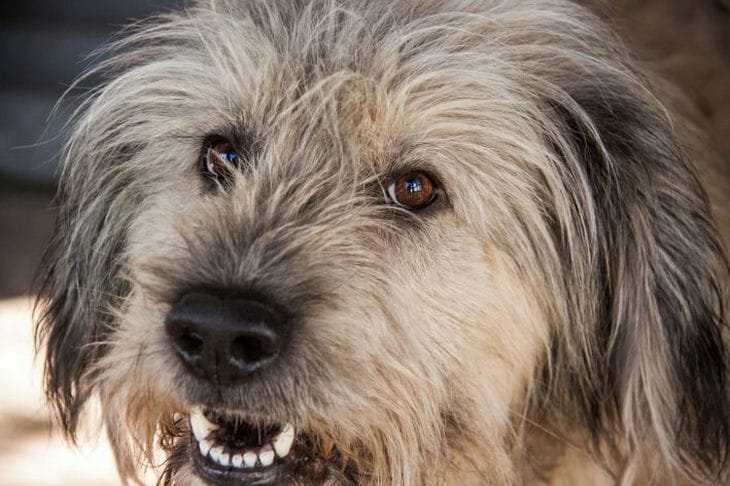Aggressive Dog: How to Avoid Attack and Protect Yourself
Meeting an aggressive dog can be a serious challenge that requires composure and the right actions.
Knowing the basic principles of behavior in such a situation will help you avoid an attack and stay healthy and calm.
Signs of aggression in dogs
The ability to recognize signs of aggression in dogs allows you to promptly assess the potential threat and take the necessary precautions.
Some of the most common signs of aggression include: growling, baring teeth, tense posture, raised fur, staring, and attempts to bite or attack.
How to avoid an attack
When encountering an aggressive dog, it is important to remain calm and avoid sudden movements.

You should not look the dog in the eye, shout or wave your arms - this may provoke an attack. It is best to freeze in place, lower your arms along your body and look away.
Defense against attack
In case of a dog attack, it is necessary to protect the most vulnerable parts of the body - the neck, face, stomach.
You can use any available means - a bag, an umbrella, a jacket - to create a barrier between you and the dog. If the dog knocks you to the ground, you should curl up, protecting your head and neck with your hands.
Actions after an attack
After an attack by an aggressive dog, it is necessary to seek medical attention, even if the wounds seem minor. It is also necessary to report the incident to the appropriate authorities to prevent similar incidents from happening again.
How to Teach Children to Behave Around Dogs
Teaching children how to safely handle dogs is an important aspect of preventing attacks. Children should be taught not to approach unfamiliar dogs, not to pet them without their owner’s permission, not to tease them, or to scare them.
It is important to teach a child to recognize signs of aggression in dogs and to react correctly in case of a threat.
Dog Breeds Prone to Aggression
It is important to note that aggressive behavior can occur in dogs of any breed.
However, there are breeds originally bred for guard or fighting activities that require special attention and responsible handling.
10 Dog Breeds That Require Special Attention:
- American Pit Bull Terrier
- Rottweiler
- Cane Corso
- Doberman
- German shepherd
- Staffordshire Bull Terrier
- Bull Terrier
- Chow Chow
- Akita Inu
- Dogo Argentino
It was previously reported that why you shouldn’t overuse flea and tick medications.
